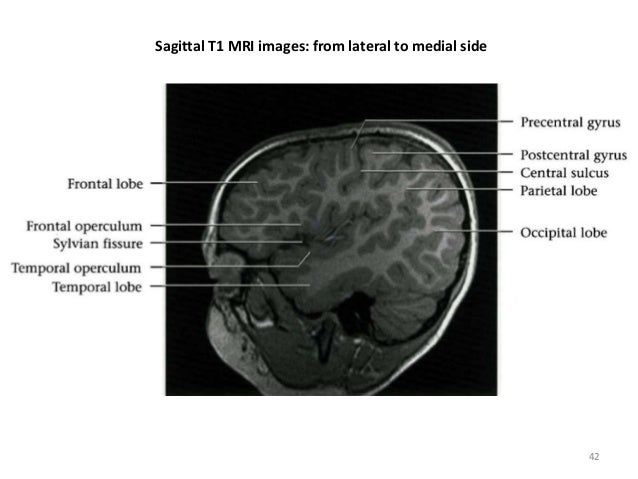

The model offers also a detailed characterization of eyes, ears, and deep brain structures. The unique multimodal high-resolution approach allowed resolving 153 structures, including several distinct muscles, bones and skull layers, arteries and veins, nerves, as well as salivary glands. The model was obtained by integrating three different magnetic resonance imaging (MRI) modalities, the parameters of which were tailored to enhance the signals of specific tissues: i) structural T1- and T2-weighted MRIs a specific heavily T2-weighted MRI slab with high nerve contrast optimized to enhance the structures of the ear and eye ii) magnetic resonance angiography (MRA) data to image the vasculature, and iii) diffusion tensor imaging (DTI) to obtain information on anisotropy and fiber orientation. We have developed a multimodal imaging-based detailed anatomical model of the human head and neck, named “MIDA”. Multiple voxel- and surface-based whole- and partial-body models have been proposed in the literature, typically with spatial resolution in the range of 1–2 mm and with 10–50 different tissue types resolved. Computational modeling and simulations are increasingly being used to complement experimental testing for analysis of safety and efficacy of medical devices.


 0 kommentar(er)
0 kommentar(er)
